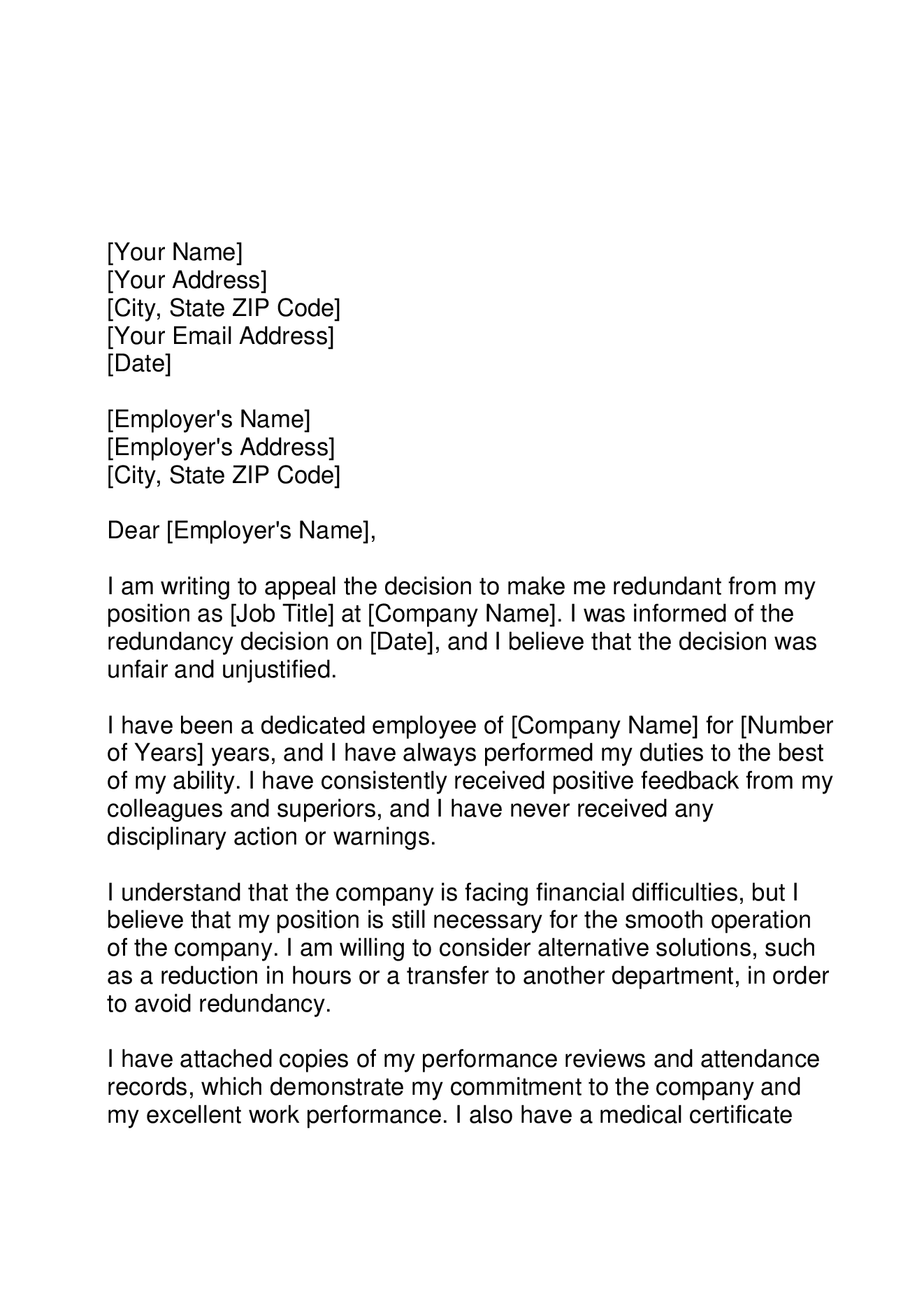Who Pays Redundancy Money? Comprehending Company Responsibilities in the UK
Who Pays Redundancy Money? Comprehending Company Responsibilities in the UK
Blog Article
Assessing the Devices of Firm Redundancy and Its Impact on Worker Morale
In the competitive landscape of today's business globe, the details of firm redundancy and its implications on the labor force have become a centerpiece of rate of interest. The systems behind the decision-making processes resulting in worker redundancies can have significant impacts on spirits within an organization. Understanding the diverse nature of this sensation requires a mindful examination of different factors at play. By exploring the elaborate interaction in between business downsizing strategies, worker reactions, and business strength, a clearer picture emerges of the intricate dancing in between company requirements and human feelings. As we navigate with the intricacies of this subject, it ends up being evident that uncovering the underlying characteristics is vital to cultivating a much deeper understanding of how redundancy shapes the morale of those it impacts.

Effect of Firm Redundancy on Morale
The considerable rise in firm redundancies has had an extensive effect on employee spirits in recent months. As organizations browse financial difficulties, the choice to scale down or reorganize operations usually leads to heightened levels of unpredictability and stress and anxiety amongst workers. The worry of losing one's task, combined with the raised workload for staying team, can create a difficult workplace that moistens spirits.
Staff members who witness their coworkers being given up may experience survivor guilt, feeling happy for their own placement while additionally grappling with sensations of unhappiness and insecurity. This psychological turmoil can negatively impact productivity and interaction, as individuals battle to focus in the middle of the turmoil.
Additionally, the lack of openness surrounding the redundancy process can further wear down count on and confidence in business management. if a company goes bust who pays redundancy. When staff members really feel uninformed or disregarded during such unstable times, their commitment to the organization reduces, and morale plummets
Elements Causing Company Downsizing
Amidst financial uncertainties, firms usually deal with the difficult task of recognizing and attending to vital elements that require downsizing their procedures. One significant variable leading to company downsizing is economic instability. When a firm experiences financial difficulties such as declining incomes, raising costs, or excessive financial obligation, scaling down might come to be a necessary procedure to guarantee the company's sustainability. Technical innovations also play an important role in firm downsizing. Automation and the fostering of much more effective processes can result in a minimized need for human labor, causing labor force decreases. Market variations and modifications in customer choices are added elements that can set off scaling down initiatives. Companies need to adapt to progressing market problems to continue to be affordable, and this often involves restructuring operations and reducing workforce size. Furthermore, mergings and acquisitions can cause redundancies, motivating firms to scale down to get rid of overlapping functions and improve procedures. On the whole, a combination of economic difficulties, technological changes, market dynamics, and organizational modifications commonly drive firms in the direction of scaling down as a critical decision.
Techniques for Minimizing Negative Effects
Aspects bring about company downsizing demand the application of tactical steps aimed at minimizing the adverse results on both the company and its workers. One reliable strategy is to preserve transparent communication throughout look at more info the scaling down procedure. Clear communication assists staff members recognize the factors behind the redundancy, lessens unpredictability, and decreases stress and anxiety. Giving outplacement solutions can likewise soften the blow of work loss by assisting displaced staff members transition to new employment efficiently. Using career therapy, resume composing assistance, and job search assistance can enhance spirits and facilitate a quicker return to the labor force.
An additional essential approach is to prioritize employee well-being throughout and after the scaling down period. This consists of giving access to counseling services, developing a supportive setting for those remaining in the company, and offering possibilities for upskilling or retraining to boost their employability. In addition, recognizing and compensating the dedication and effort of workers that stay can help keep inspiration and avoid a decline in spirits. By implementing these strategies, companies can navigate downsizing with even more concern and mitigate the unfavorable influence on employee spirits.
Worker Strength Among Redundancy
Navigating via durations of redundancy, employees are commonly needed to show strength despite business changes. Worker durability amidst redundancy refers to the capability of individuals published here to adapt, cope, and recover from the challenges presented by possible job loss. This resilience can manifest in numerous ways, such as keeping a favorable perspective, seeking new opportunities, upskilling, and networking to enhance employability.
Resilient staff members typically display a development frame of mind, watching setbacks as momentary and concentrating on discovering and development. They are proactive in handling their emotions, seeking support when needed, and maintaining a sense of positive outlook regarding the future. Additionally, resistant workers are most likely to accept change, see it as an opportunity for individual and expert development, and remain fully commited to their job development despite the unpredictability produced by redundancy.
Organizations can sustain staff member strength through clear communication, giving accessibility to sources for upskilling and retraining, offering career therapy solutions, and recognizing and compensating employees that show resilience during tough times. By fostering a society of strength, firms can assist employees browse redundancy better and emerge stronger from the experience.
Structure an Inspired Labor Force Post-Redundancy
In the aftermath of business restructuring and staff member durability in the middle of redundancy, fostering a motivated labor force comes to be vital for the business's future success and worker wellness. Building an inspired labor force post-redundancy needs a strategic technique that focuses on reconstructing trust fund, increasing spirits, and re-engaging employees. Communication plays a crucial duty in this process, as open and transparent dialogue can help employees comprehend the factors behind the redundancies and the business's vision progressing.
Providing possibilities for worker development and growth is another vital aspect of building an inspired workforce post-redundancy. Supplying training programs, mentorship possibilities, and career innovation potential customers can aid employees really feel valued and invested in their future within the company - special info if a company goes bust who pays redundancy. Recognizing and rewarding employees for their payments, specifically throughout tough times, can additionally enhance spirits and inspiration

Final Thought
To conclude, business redundancy can have a significant influence on staff member morale, bring about decreased motivation and task contentment. Understanding the aspects that add to downsizing and executing methods to mitigate unfavorable impacts is important for keeping worker strength during challenging times. By cultivating a helpful workplace and giving chances for expert advancement, firms can rebuild a motivated labor force post-redundancy.
The significant increase in business redundancies has actually had a profound influence on worker morale in recent months. By applying these approaches, firms can navigate scaling down with even more compassion and reduce the negative effect on worker spirits.
In the after-effects of business restructuring and staff member resilience in the middle of redundancy, cultivating a motivated labor force becomes vital for the firm's future success and employee well-being. Interaction plays a crucial role in this process, as transparent and open discussion can assist workers recognize the reasons behind the redundancies and the company's vision relocating ahead.
In conclusion, company redundancy can have a significant impact on staff member spirits, leading to reduced motivation and task satisfaction. (if a company goes bust who pays redundancy)
Report this page